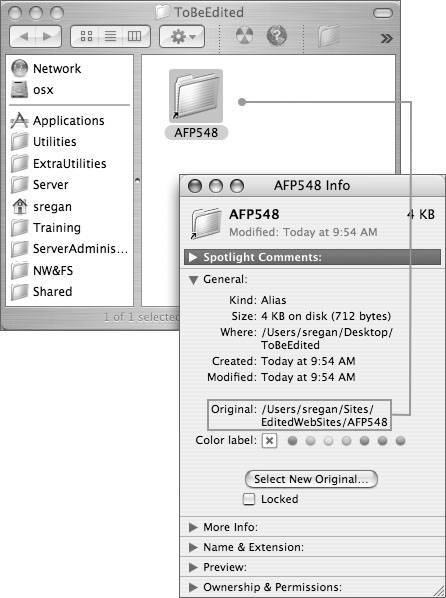
One potential use for symbolic links is to create local directories in a user’s home directory pointing to files being synchronized to an external application, like Dropbox. Because a symbolic link is just a reference to the original file, any changes that are made to the original will be immediately available in the symbolic link. Working with Symbolic LinksĪs mentioned previously, symbolic linking is essentially like creating a file that contains the target’s filename and path. This may save only a few keystrokes, but if you find yourself making a lot of symbolic links this could add up significantly. Note: Because symbolic links are typically used more frequently than hard links, some may find it beneficial to alias ln to ln -s: To ensure that you’re creating symbolic links, you can pass the -s or -symbolic option to the ln command. For instance, you should avoid using hard links when linking inside of a git repository as they can cause confusion. Hard links serve their purpose in the world, but they should be avoided entirely in some cases. If you delete the original file, though, the hard link will still work, and you can view and edit it as you would a normal copy of the original file. Like symbolic links, if you edit the contents of the original file those changes will be reflected in the hard link. If you delete the original file, the link will be broken as it no longer has anything to point to.Ī hard link is instead a mirror copy of an original file with the exact same contents. If you make a symbolic link to that file, the link is only a pointer to the original file. Understanding Hard Linksīy default, the ln command will make hard links instead of symbolic, or soft, links. With these sample documents in place, you’re ready to practice making symbolic links.
#SYMBOLIC LINKER MAC UPDATE INSTALL#
On Ubuntu, for example, you can install it with apt: Note: If tree isn’t installed on your machine by default, you can install it using your system’s package manager. If you were to run tree at this point to display the contents of the entire /tmp/symlinks directory and any nested subdirectories, its output would look like this: Similarly, this command creates a file named two.txt within the two/ subdirectory whose only contents are a single line reading two: The following command creates a file named one.txt within the one/ subdirectory whose only contents are a single line reading one: Navigate into the new symlinks/ directory:įrom there, create a couple sample files, one for both of the subdirectories within symlinks/. It creates a directory named symlinks/ within the /tmp/ directory, and two directories (one named one/ and another named two/) within symlinks/: The following mkdir command creates three directories at once. This will be useful for the purposes of this guide, since you can create as many directories, files, and links as you’d like without having to worry about them clogging up your system later on. tmp/ is a temporary directory, meaning that any files and directories within it will be deleted the next time the server boots up. You’re welcome to use existing files on your system to practice making symbolic links, but this section provides a few commands that will set up a practice environment you can use to follow along with this guide’s examples.īegin by creating a couple directories within the /tmp/ directory. The command we’ll be using to create the links is the ln command.

The system call necessary to create symbolic links tends to be readily available on Unix-like and POSIX-compliant operating systems. Doing so will set you up with a secure server environment - including a non- root user with sudo privileges and a firewall configured with UFW - which you can use to build your Linux skills. If you plan to use a remote server to follow this guide, we encourage you to first complete our Initial Server Setup guide. Note that this tutorial was validated using a Linux server running Ubuntu 20.04, but the examples given should work on a computer running any version of any Linux distribution. This can either be a virtual private server which you’ve connected to with SSH or your local machine. To follow along with this guide, you will need access to a computer running a Linux-based operating system.
#SYMBOLIC LINKER MAC UPDATE HOW TO#
This guide provides an overview of what symbolic links are and how to to create them from a Linux command line using the ln command. Think of them like wormholes for your file system. However, when you interact with them, they will actually interact with the target at the other end. From the user’s perspective, symbolic links are very similar to normal files and directories. They go by many names including symlinks, shell links, soft links, shortcuts, and aliases. Symbolic links allow you to link files and directories to other files and directories.


 0 kommentar(er)
0 kommentar(er)
